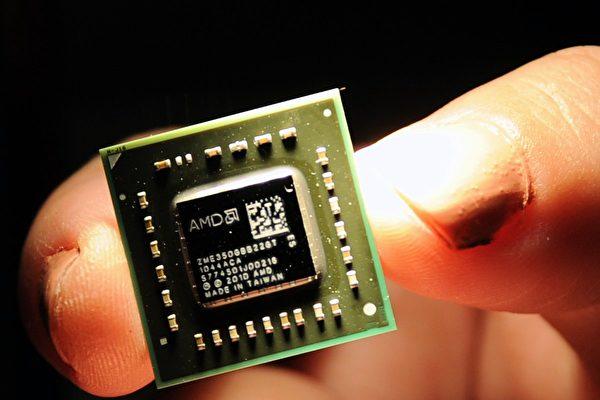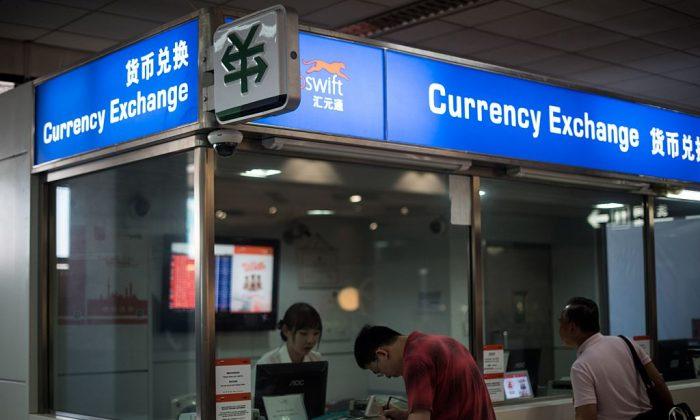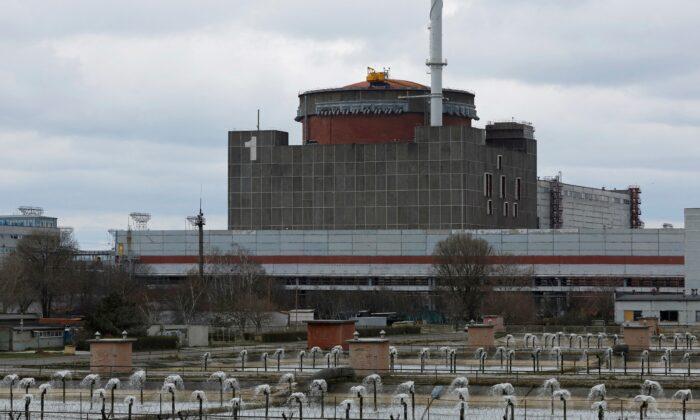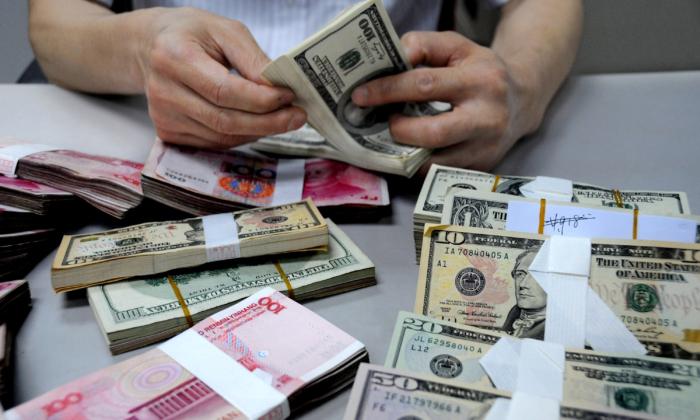In modern life, semiconductor chips are key components in everything from smartphones, computers, and home electronics to cars and missiles. To become self-reliant in this critical technology, China’s tech giants have been pushing to develop their own chips.
China’s largest chip manufacturer is Semiconductor Manufacturing International Corp. (SMIC). Its co-CEO, Liang Mengsong, announced last August that progress has been made in its attempts to manufacture 7 nanometer (nm) chips. Yet such chips are not small when compared to international firms that use Extreme Ultraviolet (EUV) lithography machines to make 5nm chips.
Currently, SMIC’s most advanced manufacturing process is for 14nm chips. By comparison, Samsung and TSMC are mass producing the more desirable 5nm chips. This is achieved by their use of EUV machines that convert silicon wafers to transistors. China lacks this ability since the United States prevented them from obtaining EUV machines from ASML Holding NV of the Netherlands. It could take China approximately 10 years to finally have the production technology they need to catch up.
Liang, who is originally from Taiwan, is highly regarded by China for reducing SMIC’s chip size from 28nm to nearly 7nm within the short span of three years. For this accomplishment, SMIC spared no expense in showing their appreciation to Liang and members of his talented staff. The company’s 2020 annual report stated it had purchased a $3.4 million home for the Liang family.
Last December, Liang surprised the Chinese manufacturing community by announcing his intention to leave SMIC. In response, the company’s A-shares fell more than 9 percent and trading was suspended in Hong Kong.
In a letter to SMIC’s Board of Directors, Liang highlighted the accomplishments of his team in producing smaller chips without EUV machines. This feat, developing five generations of chips from 28nm to 7nm, was accomplished in just 3 years when it would have normally required 10 years.
Recognizing the potential threat posed by the loss of Liang, SMIC managed to triple his salary and bonus to $1.01 million. The company’s 2020 annual report revealed that Liang’s overall package was more than $4.4 million making him SMIC’s highest-paid director. The second-highest-paid director, Chow Tze Hok, is paid $1.06 million.
Prior to joining SMIC in 2017, Liang worked in R&D for both Taiwan Semiconductor Manufacturing Company (TSMC) and Samsung. He has a Ph.D. in electrical engineering and computer science from the University of California, Berkeley, and over 34 years of experience in the semiconductor industry. He is specialized in the development of storage and advanced logic process technologies.
Liang also played an instrumental role in helping his employers attract talented individuals from Taiwan. According to local media, Liang’s intent at SMIC has been to create a culture that is much like his previous employer, TSMC. But to prevent the loss of their best employees, TSMC took action to prevent Liang from poaching their personnel.
Liang resigned from TSMC in 2009 to become a faculty member at Korea’s Sungkyunkwan University. He was later recruited to Samsung in 2011 with a high salary. After joining Samsung, Liang managed to convince the company to begin making 14nm chips and abandon plans to produce 20nm chips. In 2015, Samsung announced it would mass-produce 14nm chips and use them in cell phones, surpassing TSMC’s 16nm chip technology. This resulted in Samsung receiving new large orders from both Apple and Qualcomm. The loss of Apple alone meant over $1 billion in lost revenues for TSMC.
As a former senior R&D director at TSMC, the company in a lawsuit accused Liang in 2011 of “leaking trade secrets” to Samsung in Korea. TSMC alleged that Liang had disclosed trade secrets relating to its 28nm process designs helped Samsung gain an edge in developing next-generation chips. TSMC won its lawsuit against Liang in 2015.
Talent and technology from Taiwan has also played a key role in the founding and development of SMIC.
In 2009, a U.S. jury found that SMIC stole TSMC’s trade secrets in an attempt to overtake TSMC in the chip industry. The two companies later reached a settlement under which SMIC agreed to pay TSMC $200 million in damages and issue it with 1.79 billion shares and warrants for 695.9 million further shares.
Hours after this settlement was made public, SMIC announced the resignation of its chief executive and founder Richard Chang, saying he was leaving to pursue personal interests.
Chang played a pivotal role in SMIC’s startup and growth. He supplied much of the initial capital, and like Liang, aggressively recruited semi-conductor talent from around the world, particularly from Taiwan. This enabled SMIC to rapidly expand its production capacity without relying so much on costly R&D. Known as the “Master Fab Builder,” Chang’s leadership elevated SMIC to the number four spot among the world’s top ten foundries within four years.
SMIC’s startup was further enabled by construction incentives provided by Shanghai authorities. These included a tax exemption for the first five years and a 50 percent tax reduction thereafter. SMIC also provided kindergartens, elementary schools, and secondary schools for its employees’ children.
SMIC’s financial reports show that the Chinese regime funded them with more than $362 million in 2020, $293 million in 2019, and $157 million in 2018.





